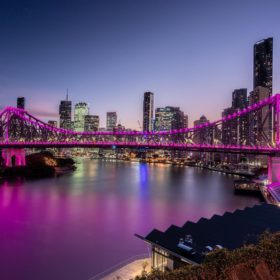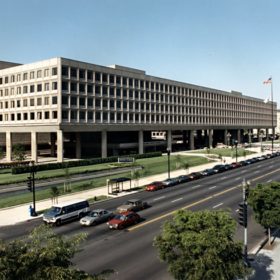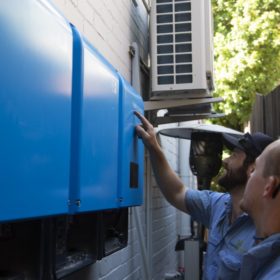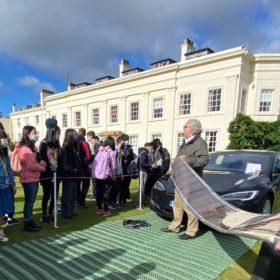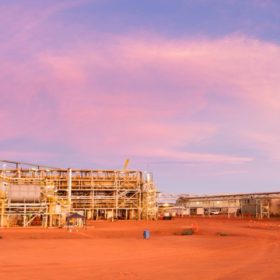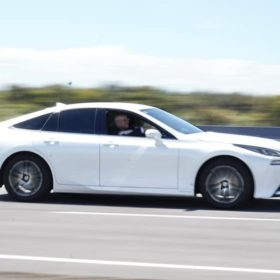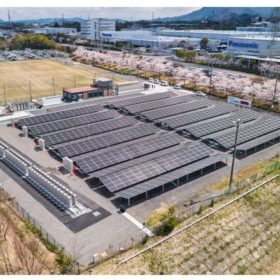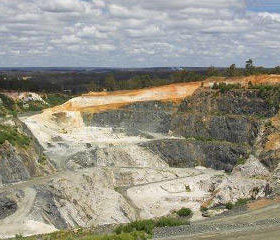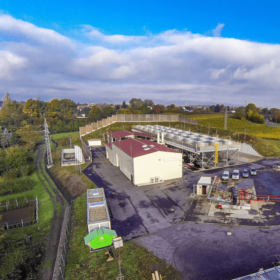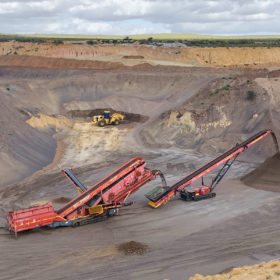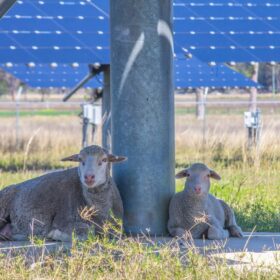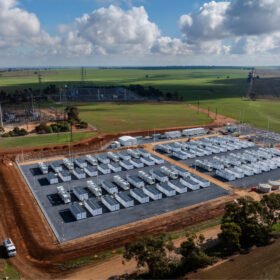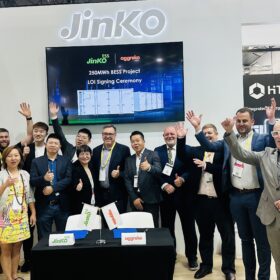Solar-backed electrification of city tipped to save $3.9 billion
A plan to “rewire” one of Australia’s largest cities by electrifying the region’s homes and vehicles and powering them with solar energy would save the average household almost $5,000 a year, generate more than 24,000 jobs and provide an overall annual economic benefit of approximately $3.9 billion.
US government announces $4.4 billion of funding for battery manufacturing, processing, recycling
US$3.1 billion (AU$4.4 billion) is available to increase production of American-made batteries, with a separate US$60 million (AU$85 million) to support second-life applications for used EV batteries, along with development of processes for recycling materials back into the battery supply chain.
Over half of Australian solar installers move into storage as top industry brands named
The amount of solar installers offering storage solutions grew considerably in 2021 and promises to surge again this year, according to an annual survey by EUPD Research. The research centre has also released the top three 2021 brands for solar modules, inverters and storage in the Australian market, offering insights into where companies are buying equipment and which segments are seeing the most growth.
Printed solar panels developed in Newcastle to power Tesla’s journey around Australia
Commercially printed solar cell technology developed by the University of Newcastle is being put to the test to power an electric vehicle’s 15,097 kilometre journey around the entire coastline of Australia.
Construction begins on Lynas’ rare earths refinery in Western Australia
In the second piece of rare earths news this month, construction has begun on Lynas Rare Earths’ new processing facility in Kalgoorlie. The refined products are used in batteries and other renewable technology, with Lynas moving the processing it currently does in Malaysia onshore for the first time.
10 solutions to Australia’s foreign fuel dependence
Over 90% of Australia’s fuel is imported – something recent geopolitical events have illustrated is a serious vulnerability. This issue was the focus of an emergency fuel security summit held yesterday in Sydney. The event was attended by a number of industry leaders and independent members and candidates who put forward solutions to tackle the devolving situation.
Panasonic combines fuel cells, batteries, PV to power factory in Japan
Japan’s Panasonic claims its new pilot solar-plus-hydrogen facility marks the first attempt to create a factory powered by 100% renewables, via the full-scale use of hydrogen.
Australia’s critical minerals inventory boosted significantly in 2020, vanadium up 24%
Australia’s inventories of critical materials for batteries have seen major increases recently, with vanadium up 23%, lithium up 8%, rare earths up 4% and platinum group elements up 185% in the year to December 2020.
Reinhart-backed WA company to supply Germany with geothermal heat before turning to lithium extraction
West Australian company Vulcan Energy Resources, backed by mining magnate Gina Rinehart, has signed a geothermal heat energy offtake agreement with a major German energy supplier, MVV Energie. Vulcan is planning to eventually secure a lithium supply from the same deep brine source in the Upper Rhine Valley, Germany.
Mapping Australia’s battery mineral waste ‘gold mine’
To encourage industry to consider the battery mineral opportunities currently sitting in neglected heaps around the country, Geoscience Australia and its partners are developing an Atlas of Australian Mine Waste. The public database hopes to highlight the opportunity in reprocessing mining waste for new markets.
